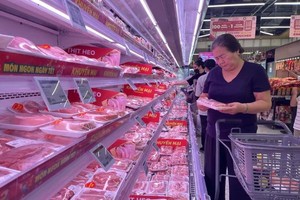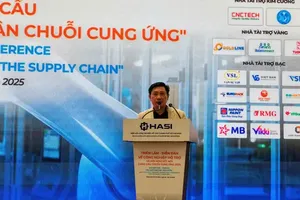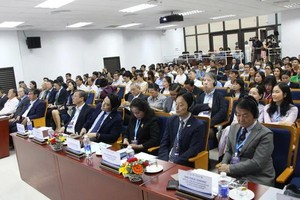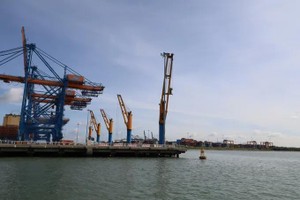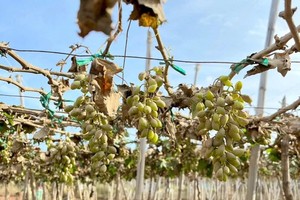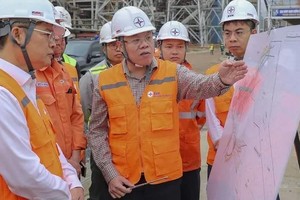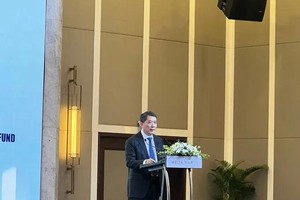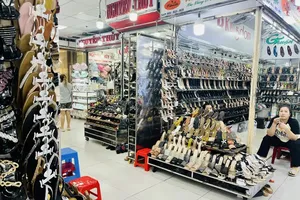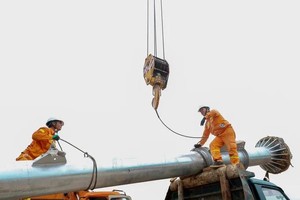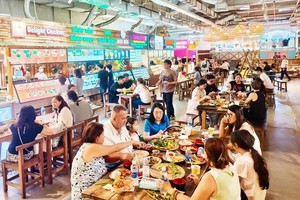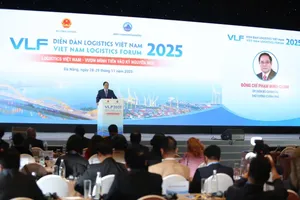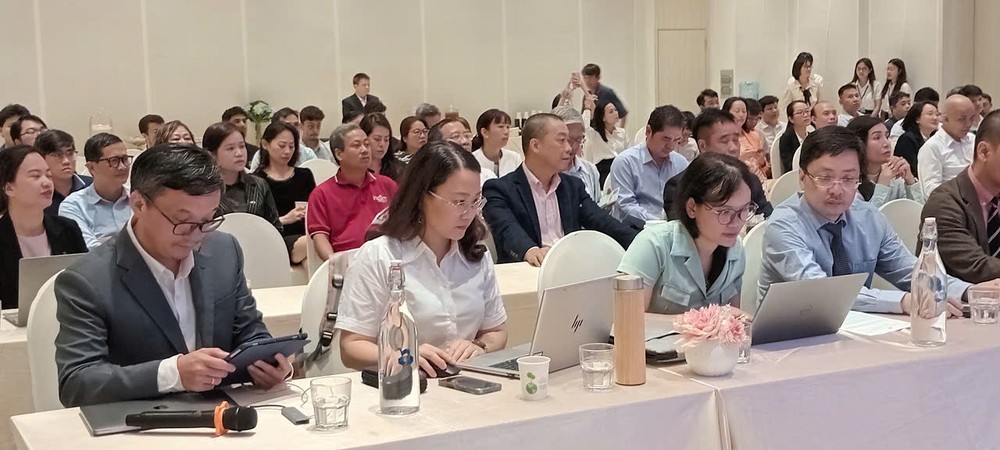
The Institute for Circular Economy Development under Vietnam National University-Ho Chi Minh City, in collaboration with Ho Chi Minh City University of Technology, hosted an international conference titled "Circular Economy and New Technologies for Sustainable Logistics in the Asia-Pacific Region."
Speaking at the event, Mr. Dang Hai Dung, Deputy Director General of the Department of Innovation, Green Transition, and Industrial Promotion (Ministry of Industry and Trade), highlighted Vietnam’s impressive logistics growth in recent years—averaging 14 percent to 16 percent annually. He noted that outsourced logistics services now account for 60 percent to 70 percent of the market, contributing around 4 percent to 5 percent of the national GDP. According to the 2022 Agility ranking, Vietnam placed 11th among 50 emerging logistics markets globally. In 2024, the volume of goods handled through seaports is projected to increase by 14 percent, exceeding 570 million tons.
Amid growing international commitments to climate action and sustainable development, Mr. Dang Hai Dung emphasized the urgent need for a green transition in logistics. The Ministry of Industry and Trade has launched training programs on green logistics, piloted reverse logistics models in retail, and is pushing forward sustainable production-consumption chains that integrate energy efficiency and eco-friendly technologies.
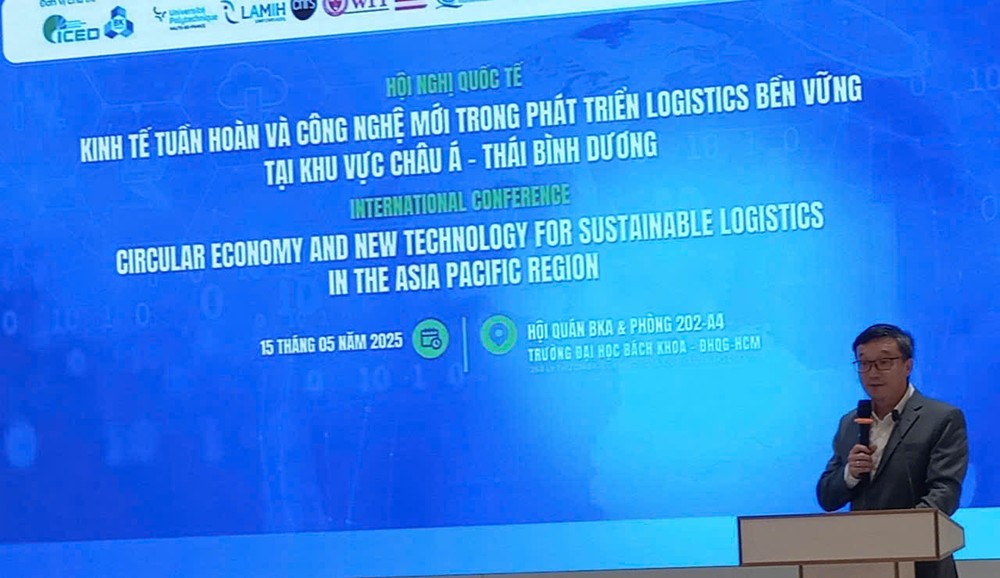
Professor Joseph Sarkis of Worcester Polytechnic Institute (USA) stressed that “greening” logistics is no longer optional but a critical requirement for business survival. Companies must adopt advanced technologies—from renewable energy integration and fuel-efficient transport to low-emission supply chain systems. He warned that delays in meeting sustainability standards could push businesses out of global trade and commercial networks.
Sharing this view, Associate Professor Dr. Nguyen Hong Quan, Director of the Institute for Circular Economy Development, said global and Vietnamese logistics are rapidly expanding to meet import-export demand. He asserted that building green supply chains must begin now—not in the future. To ensure long-term viability and efficiency, logistics companies must embrace digital and technological solutions across the entire value chain—from raw material sourcing and production to distribution, delivery, and waste treatment.


